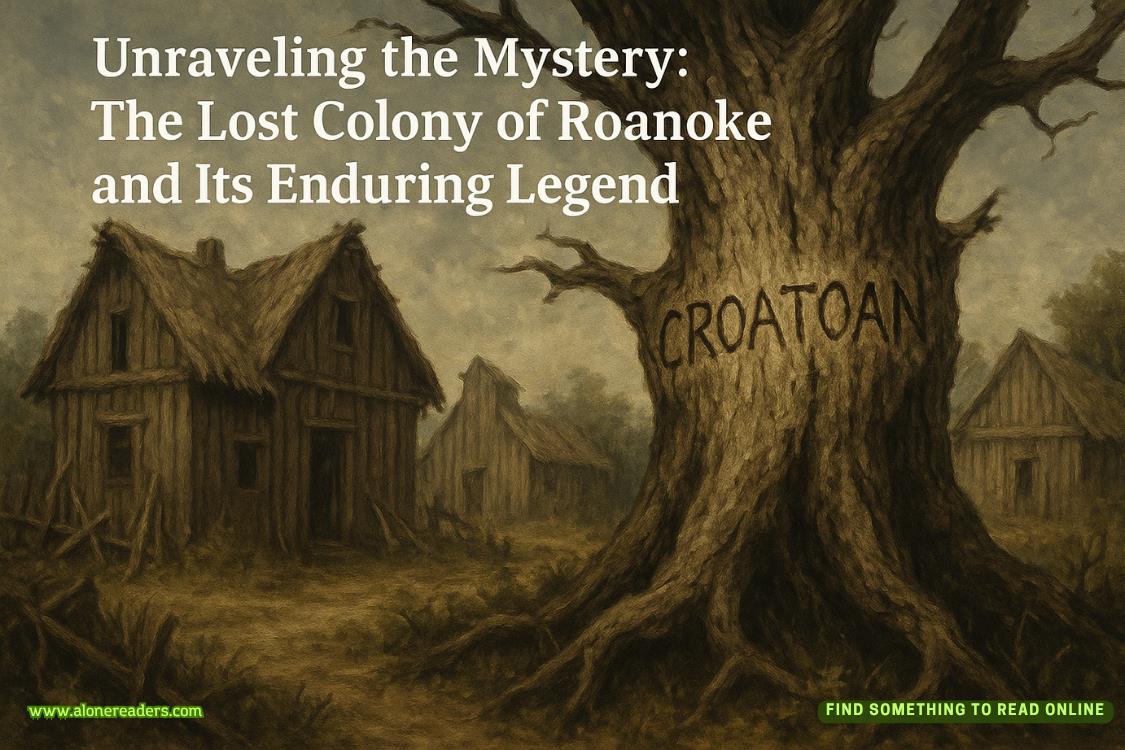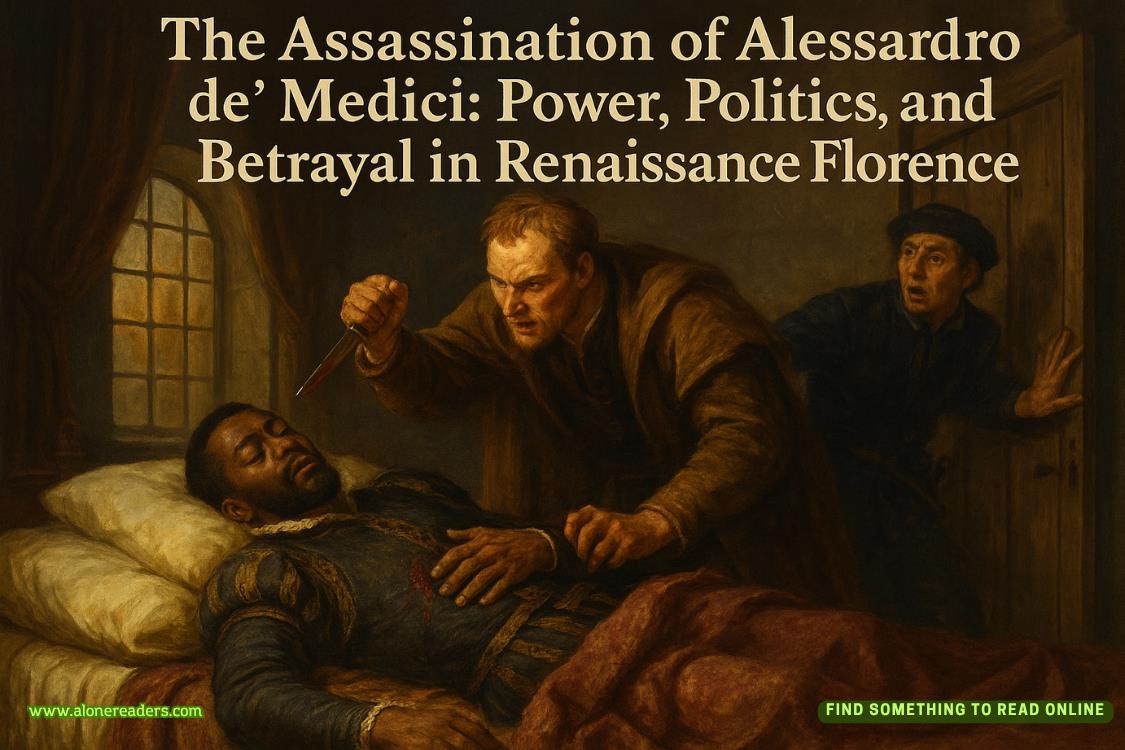Reeves nods. “Intelligence confirms their signature attack pattern. They hit the convoy escorts first, then systematically grab critical supplies.”
I’ve studied Storm Eagle genetics from the few samples we’ve collected post-mortem, but I’ve never seen one in action.Their DNA suggests enhanced speed, visual acuity, and possible electrokinetic abilities—theoretical capabilities about to become horrifyingly real.
The helicopter banks sharply, and through the window, I catch my first glimpse of the settlement below. Smoke rises from multiple points along the northern perimeter. Emergency vehicles form a chaotic constellation of flashing lights around a central compound. Even from this height, I can see bodies laid out in rows.
“The primary objective is triage and stabilization,” Reeves continues. “Dr.Ashford, your experience with shifter physiology makes you essential for treating the most severe cases. Don’t waste time on those beyond saving.”
I nod, swallowing hard. My laboratory training didn’t prepare me for battlefield medicine, but I understand the brutal calculus of mass casualty events. Save those who can be saved. Let the rest go.
The helicopter touches down on a makeshift landing pad. The moment the skids hit dirt, organized chaos erupts. Medics unload equipment while settlement guards hustle us toward a converted warehouse now serving as an emergency medical center.
The smell hits me first—blood, burning fuel, and the acrid scent of fear. Inside the warehouse, rows of makeshift beds hold the wounded. Some scream; others lie too still. Medical personnel move between them with practiced urgency, their faces masks of controlled desperation.
“Dr.Ashford!” A young medic waves me toward a corner where three patients lie with extensive burns. “These three were closest to the fuel explosion. They need immediate attention.”
I pull on gloves and move to the first patient, a young woman with third-degree burns across her torso. Her eyes are wide with shock, pupils dilated. I check her vitals—rapid pulse,shallow breathing, dropping blood pressure. The classic shock symptoms are compounded by severe tissue damage.
“Get me a burn kit and blood expander,” I tell the medic. As I work, I catalog her injuries with clinical detachment. It’s the only way to function amid such suffering.
What strikes me immediately is the precision of her wounds. These aren’t random burns from an explosion; they follow a distinct pattern suggesting directed energy. The damage indicates a controlled strike, not indiscriminate destruction.
I move between patients, treating the most critical injuries first. Each case tells the same story—tactical, surgical attacks designed to incapacitate the victim while they snatch essential supplies. This wasn’t mindless violence; this was strategic. Calculated.
Two hours into our emergency response, I’ve stabilized four critical patients when the ground beneath us trembles. A distant explosion reverberates through the warehouse walls.
“They’re back!” someone shouts. “Second wave incoming!”
Guards rush to secure the perimeter while medical staff hunker down with patients. I move to the nearest window, drawn by a scientist’s fatal curiosity.
The sky above the settlement darkens—not with clouds, but with wings. A formation of massive eagles soars in perfect precision, their wingspans easily twice that of natural birds. My breath catches in my throat. Storm Eagles. The specimens I’ve studied in labs don’t begin to capture their magnificence in flight.
At their center flies an enormous golden eagle, its wingspan dwarfing the others. As I watch, it banks sharply, leading the formation into a dive toward the settlement’s northern gate. Lightning crackles around its wingtips, impossible blue-white energy that defies scientific explanation.
“Get away from the windows!” Dr.Reeves shouts, but I remain transfixed.
The golden eagle—clearly their leader—plummets toward a fuel depot. At the last moment, something astonishing happens. Mid-dive, its form blurs and shifts. For a split second, I glimpse a human silhouette wreathed in lightning before the eagle form reasserts itself.
The transformation happens so quickly, I almost doubt my eyes. Mid-flight shifting is theoretically impossible—the aerodynamic challenges alone should make it fatal. Yet I witnessed it with absolute clarity.
Lightning strikes the fuel depot with devastating precision. The explosion rocks the settlement, sending a fireball into the darkening sky. The Storm Eagles bank as one, circling for another attack run.
I should retreat from the window. I know this. Instead, I press closer, my scientific mind cataloging details my survival instinct screams to ignore.
The golden eagle soars overhead, so close I can see individual feathers gleaming in the firelight. It slows, wings extended, and for a heart-stopping moment, its gaze meets mine through the window. Amber eyes, too intelligent to be merely animal, lock onto my face. Something electric passes between us—recognition, awareness, curiosity. I can’t name it, but I feel it like a physical touch.
Lightning arcs from the sky, striking meters from my position. The window shatters inward, sending glass fragments slicing through the air. I’m thrown backward, landing hard on the concrete floor as electricity dances across the broken window frame.
A medic drags me away from the destruction, shouting something I can’t hear through the ringing in my ears. But as they pull me to safety, something strange happens. A warmthspreads through my chest, radiating outward to my fingertips. For a moment—brief but undeniable—my hands glow with a silver-blue light I’ve never seen before.
The glow fades as quickly as it appeared, leaving me shaken and confused. What was that? Some residual effect from the lightning strike? Or something within me, responding to danger?
I have no time to process these questions. More wounded arrive, and I throw myself into treatment, pushing the incident to the back of my mind. But something has changed—in me, in my understanding of the world. I can feel it like a door cracking open inside my consciousness.
Hours later, when the attacks finally cease and reinforcements arrive from Haven’s Heart, I step outside the medical facility for a moment of quiet. The night sky has cleared of Storm Eagles, but I sense they haven’t gone far. They’re regrouping, analyzing their success, and planning their next move.
Movement above catches my eye—a solitary figure against the stars. The golden eagle circles high overhead, a predator surveying its territory. It shouldn’t be visible at this distance, but somehow I know exactly what I’m seeing.
As I watch, the eagle banks toward the mountains, then hesitates. It turns, circling back, its flight path bringing it directly above my position. Once again, I feel that strange connection—a recognition beyond explanation.















